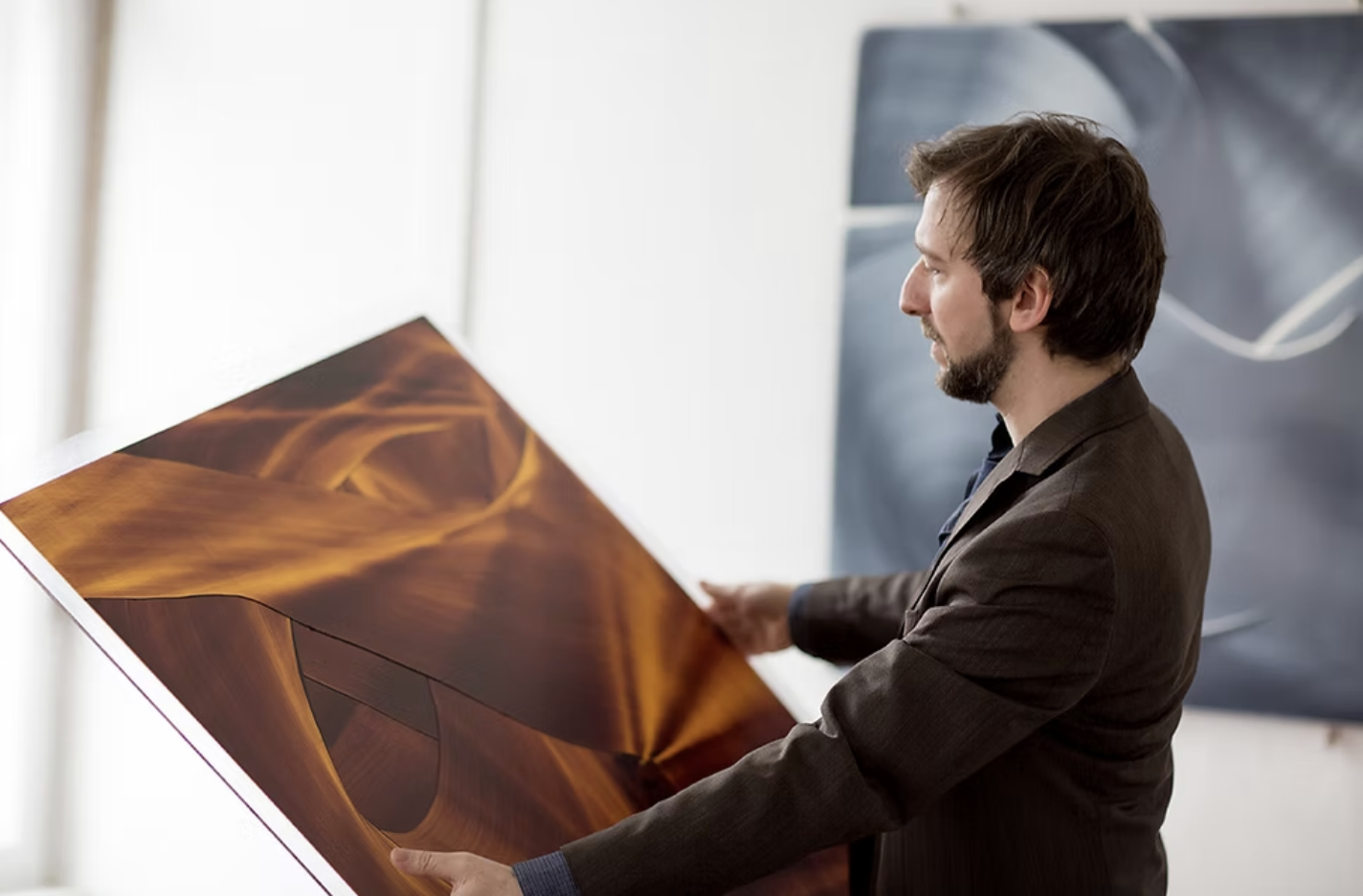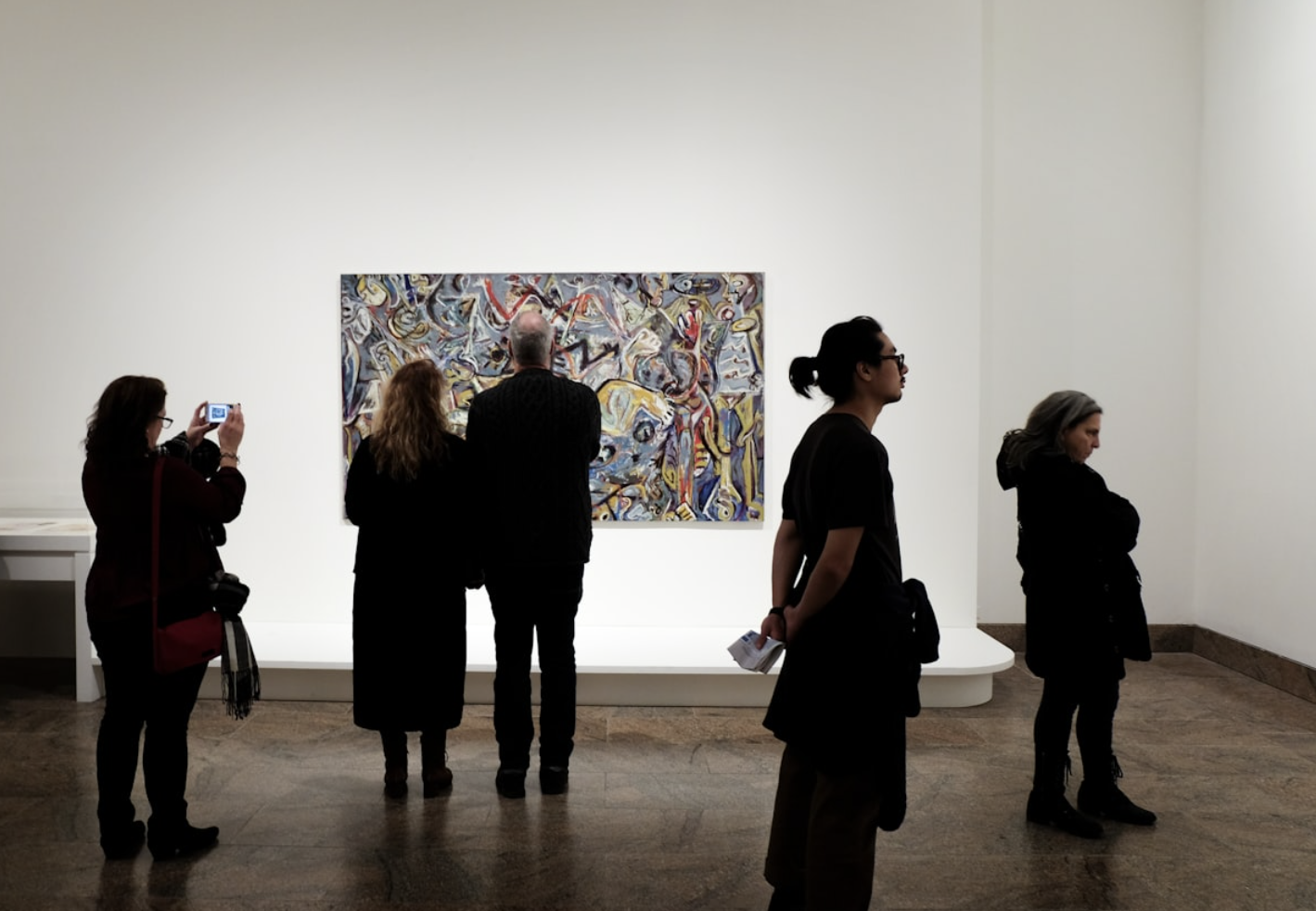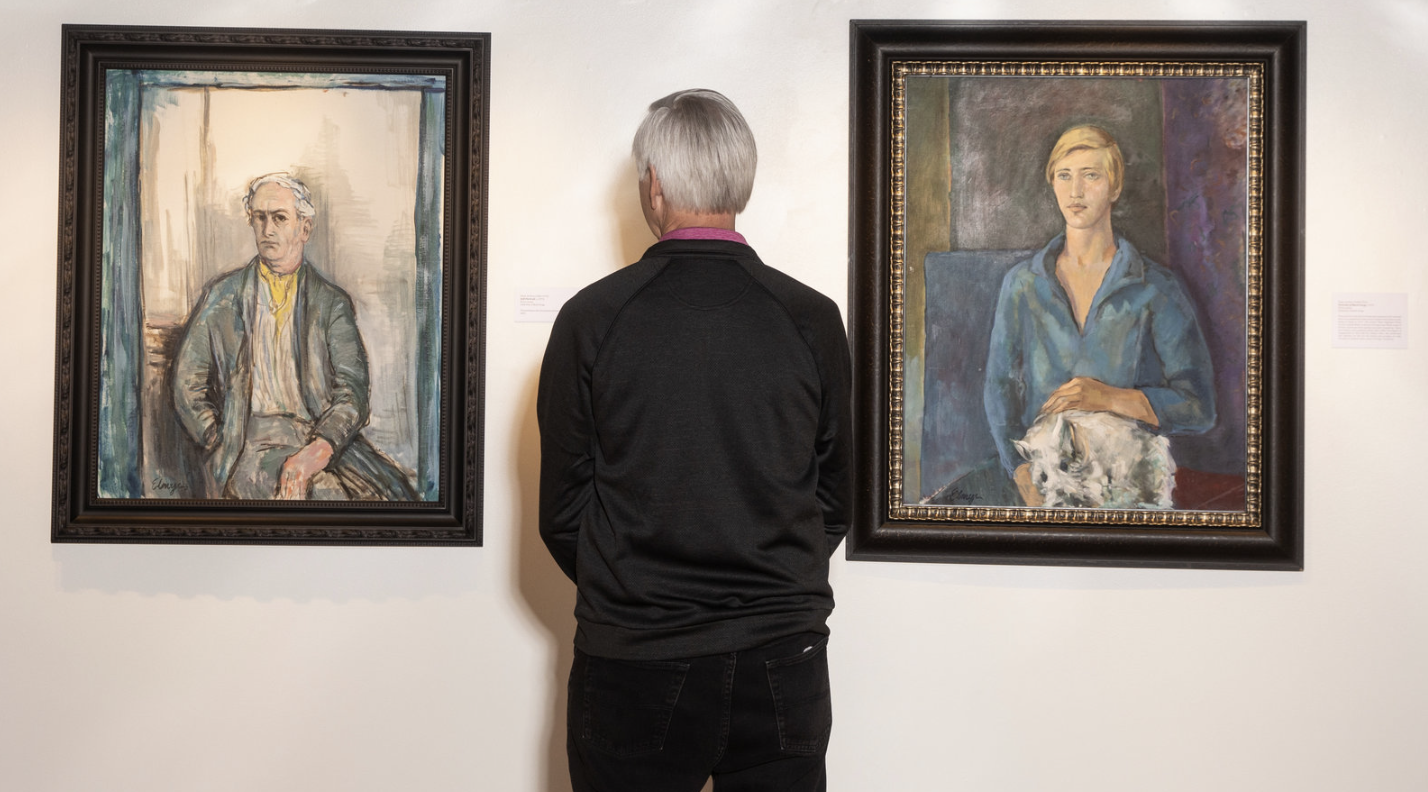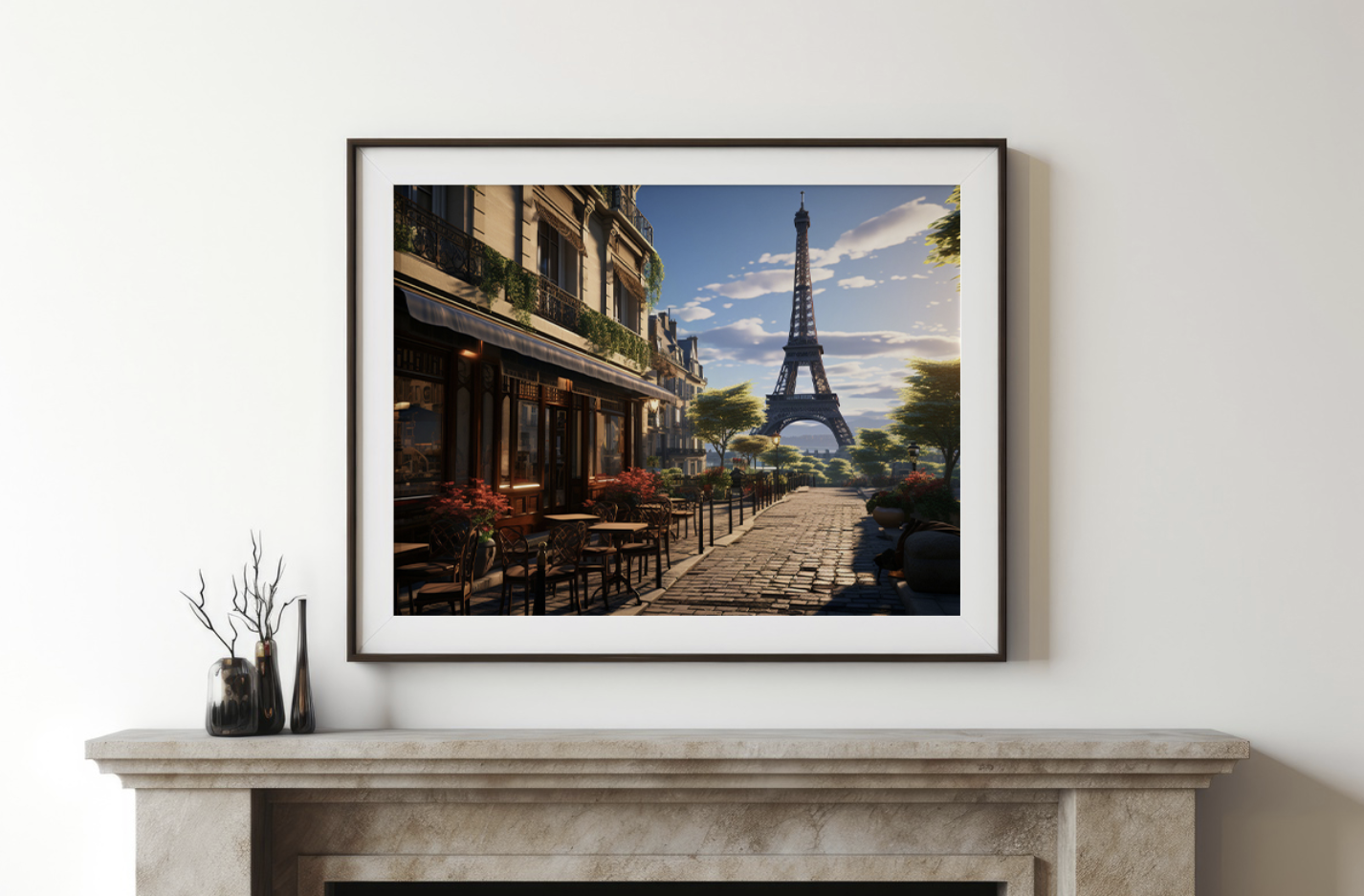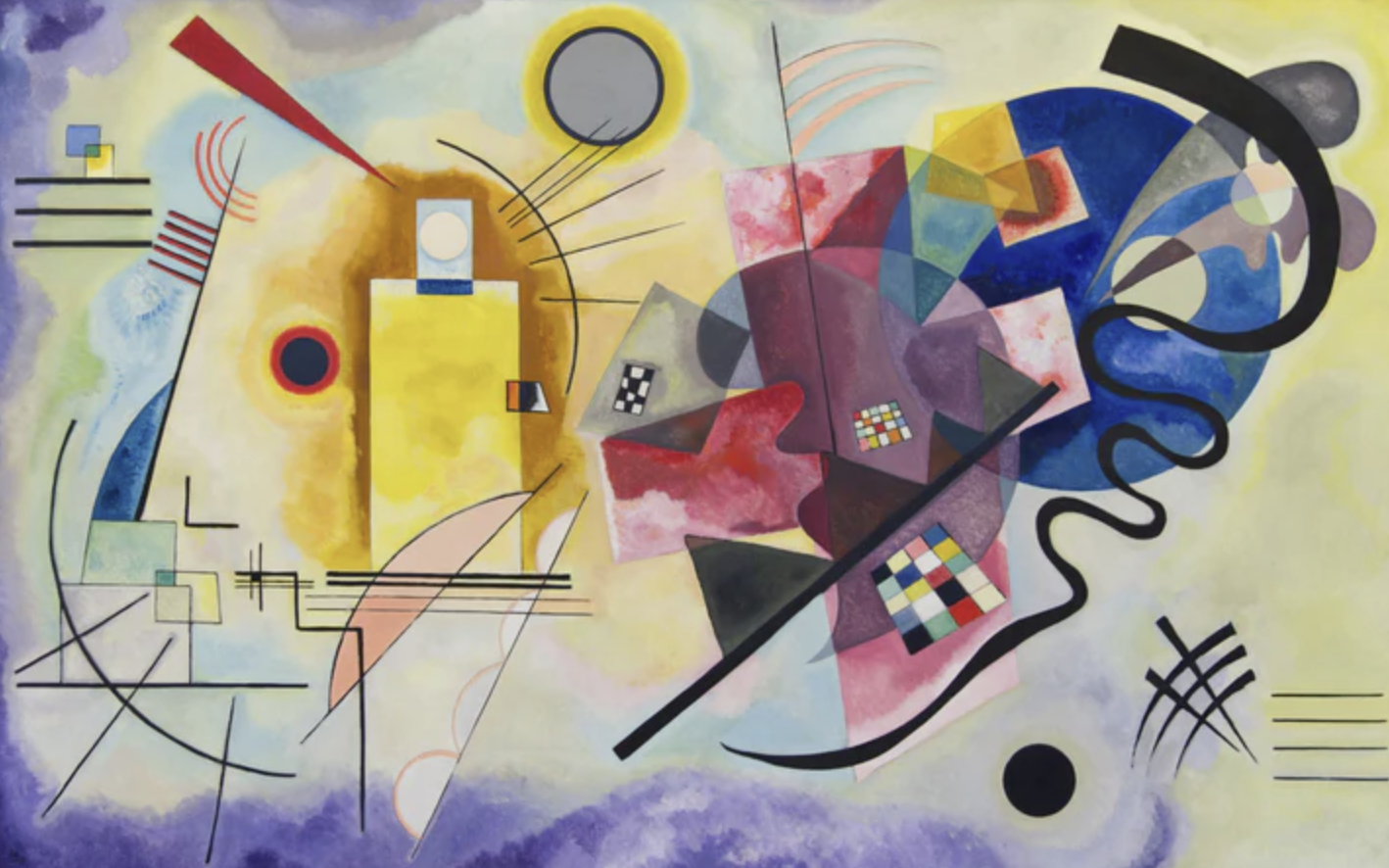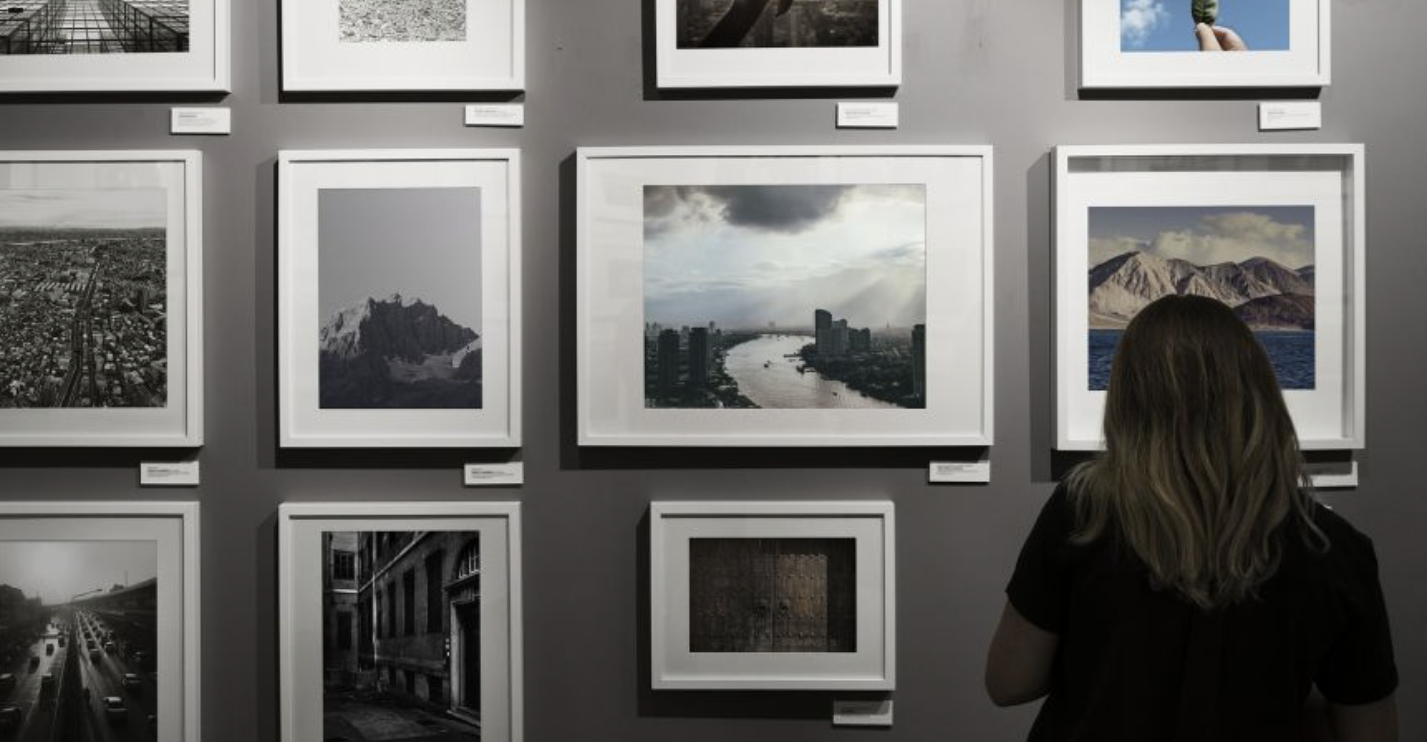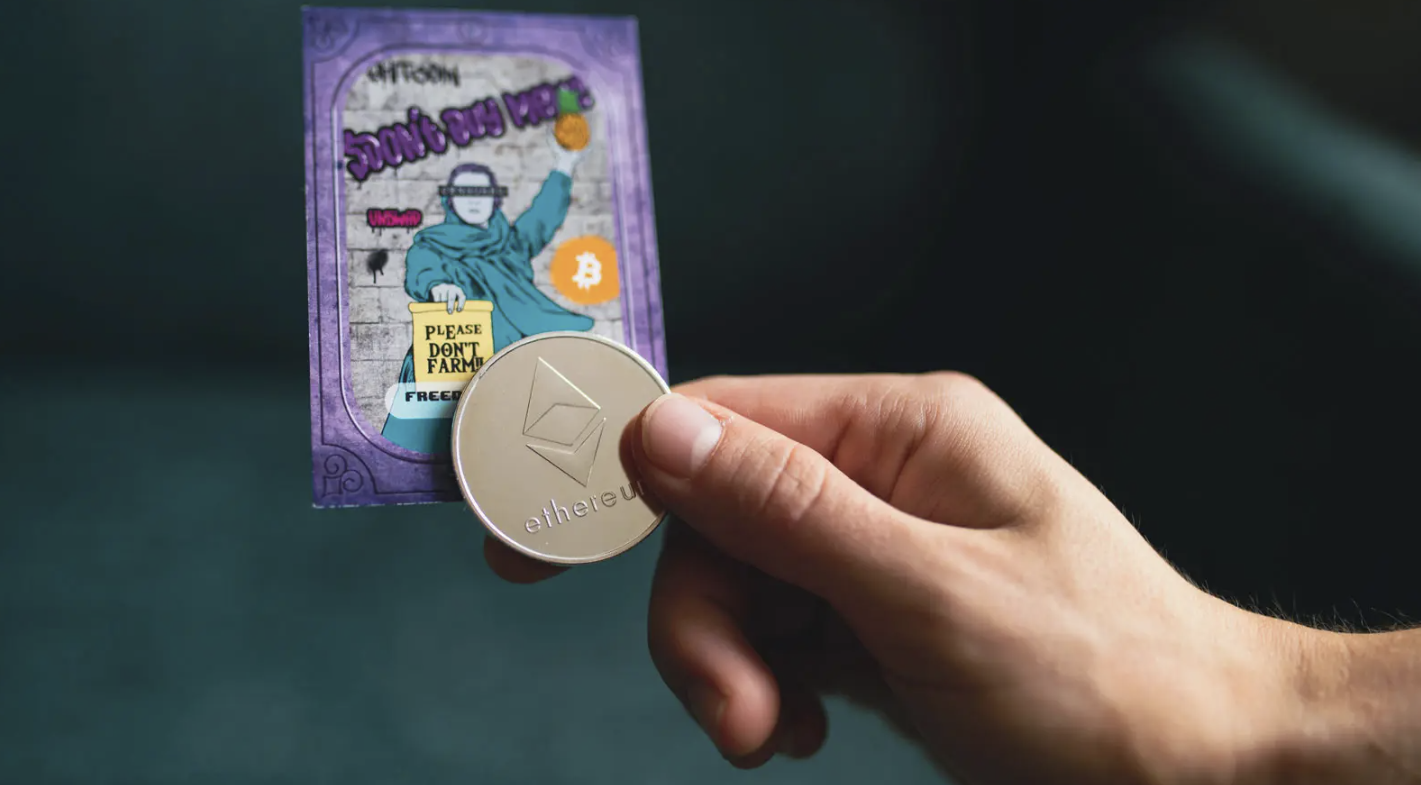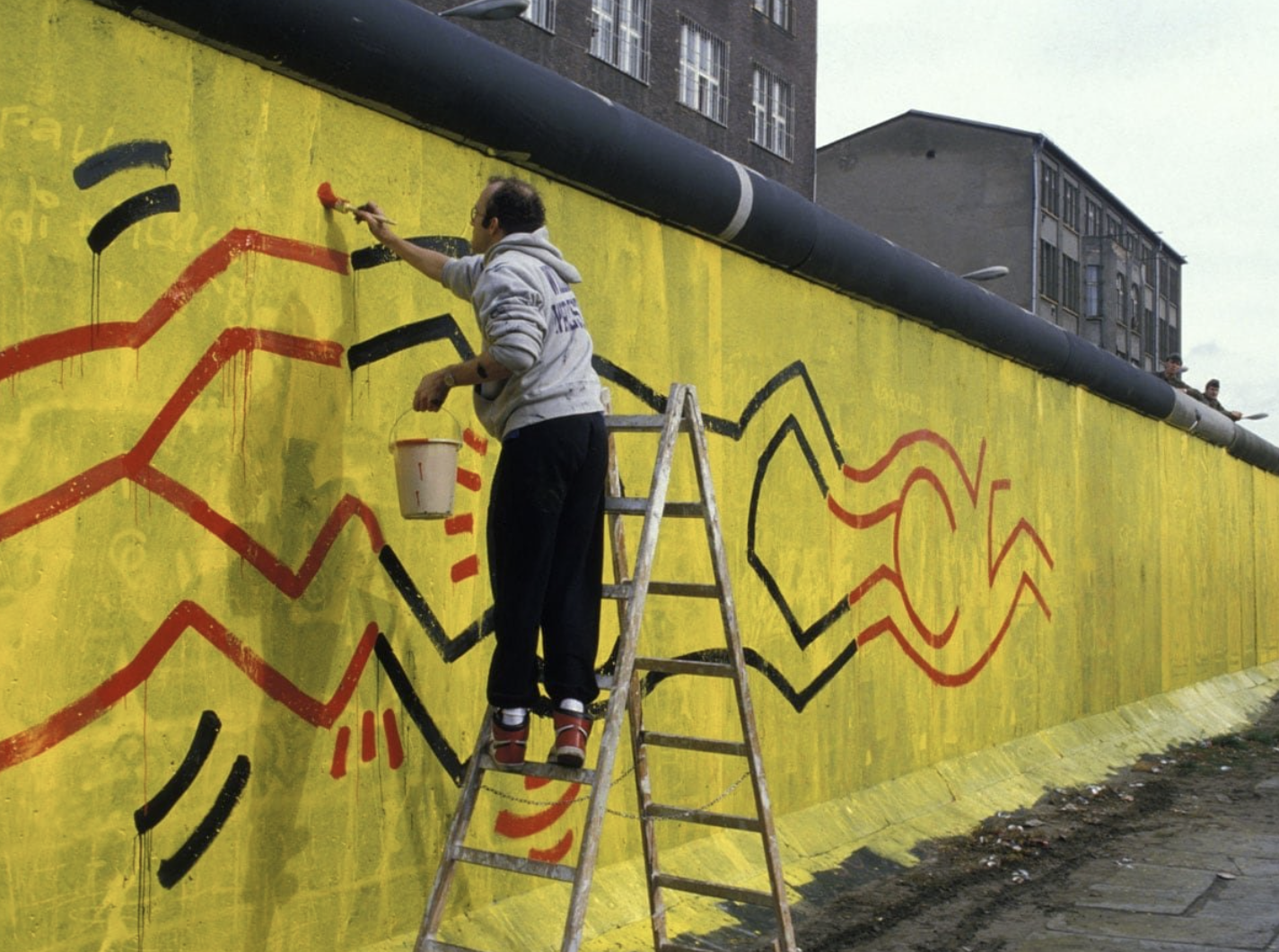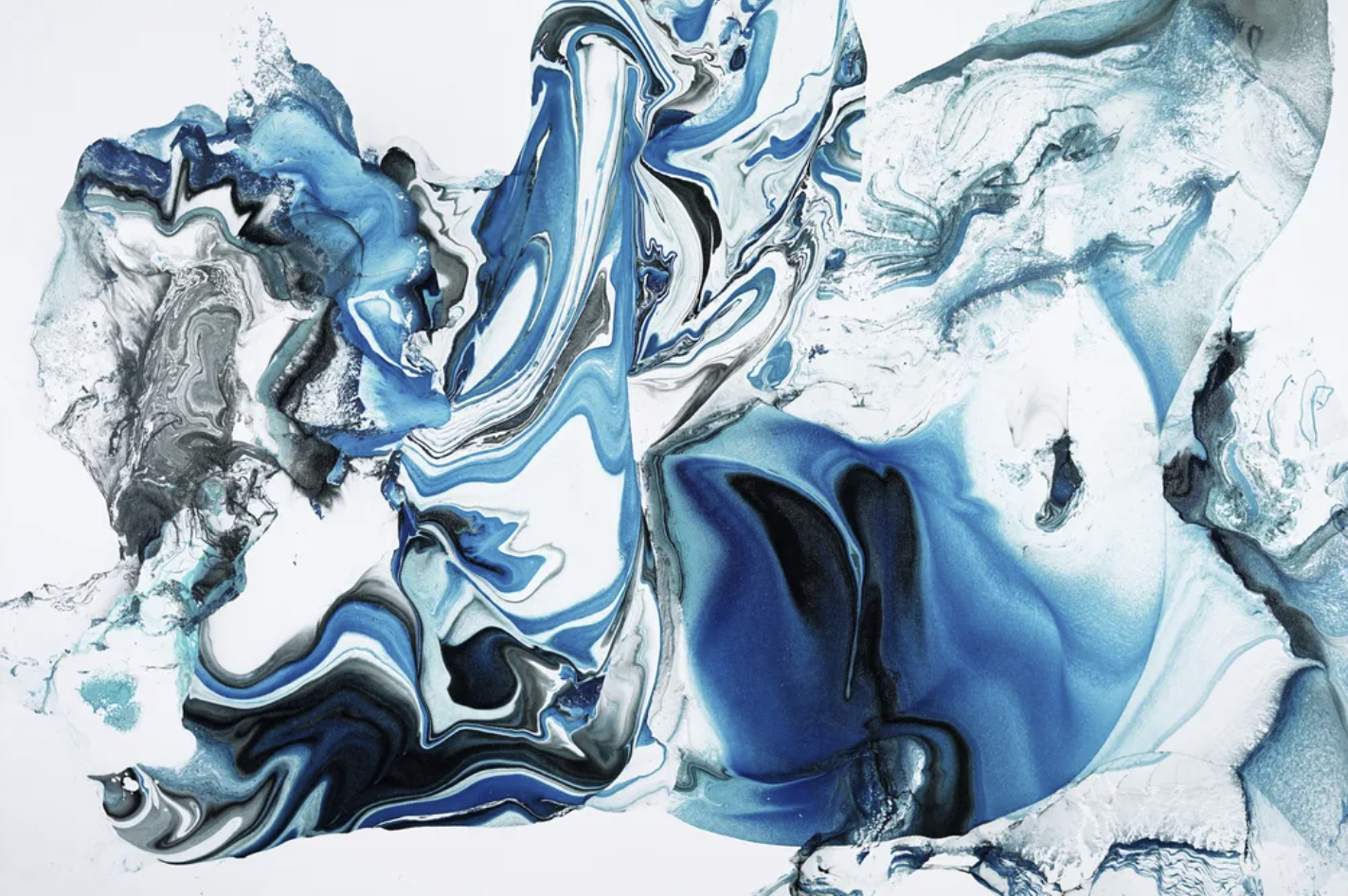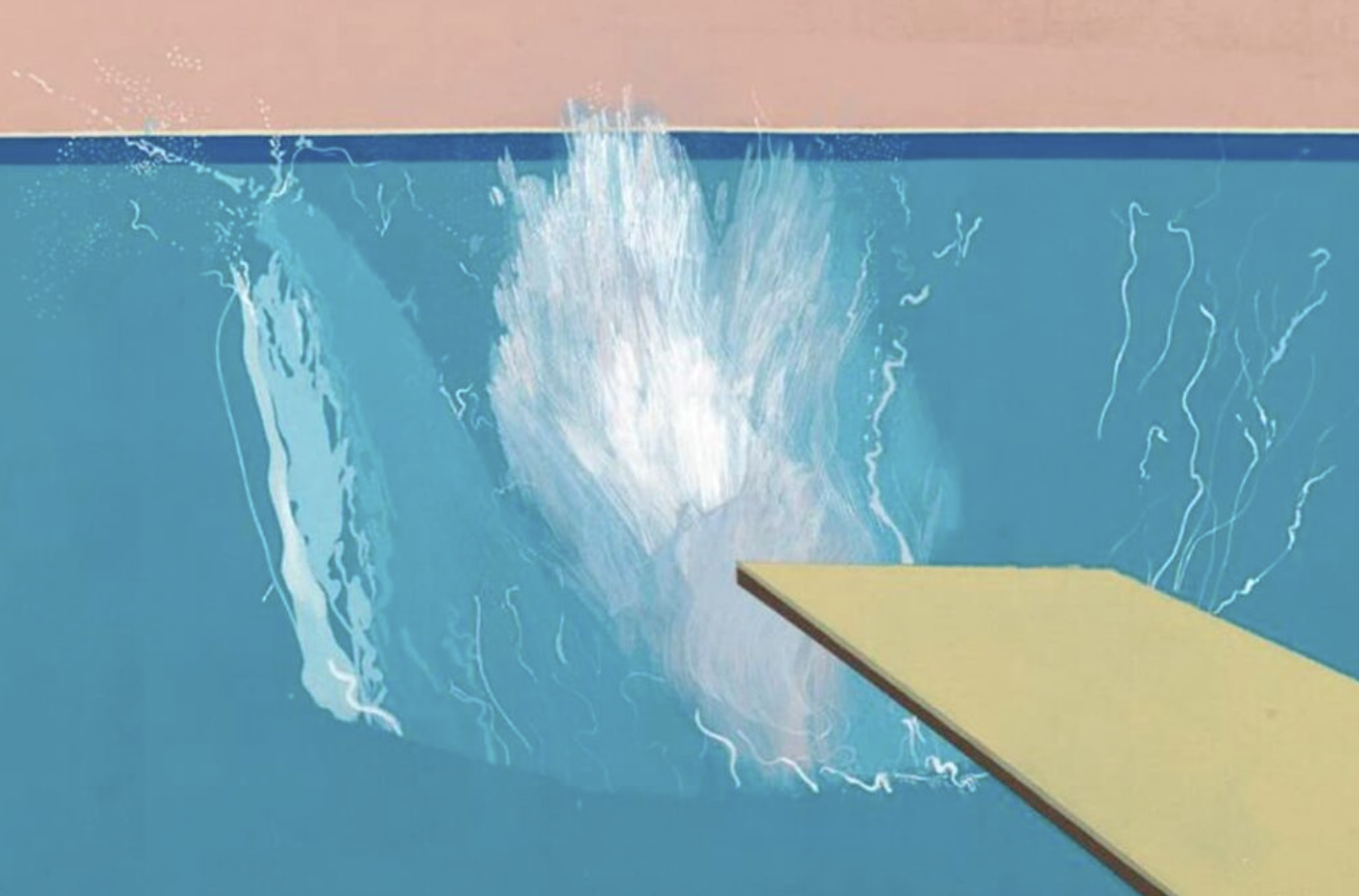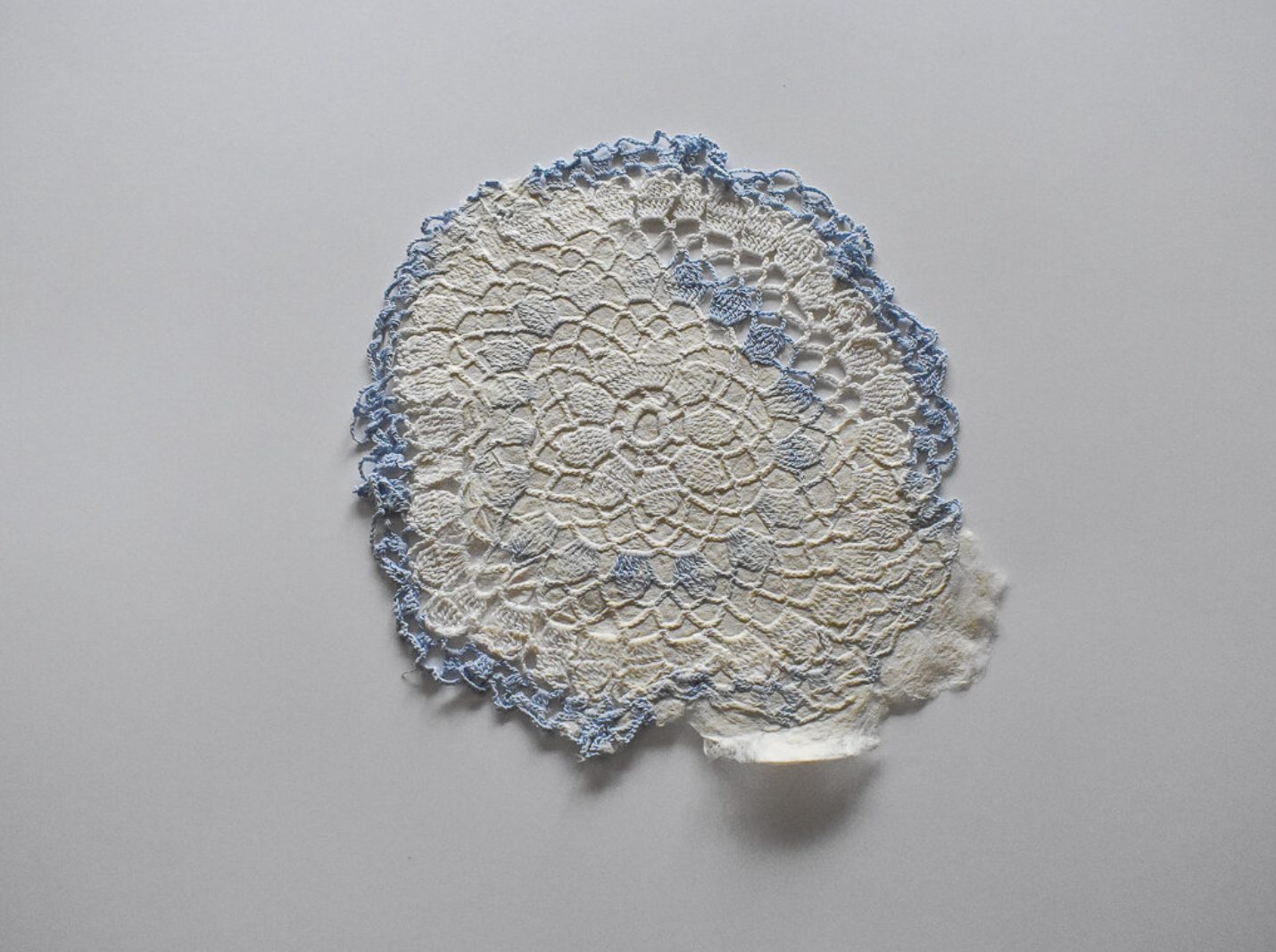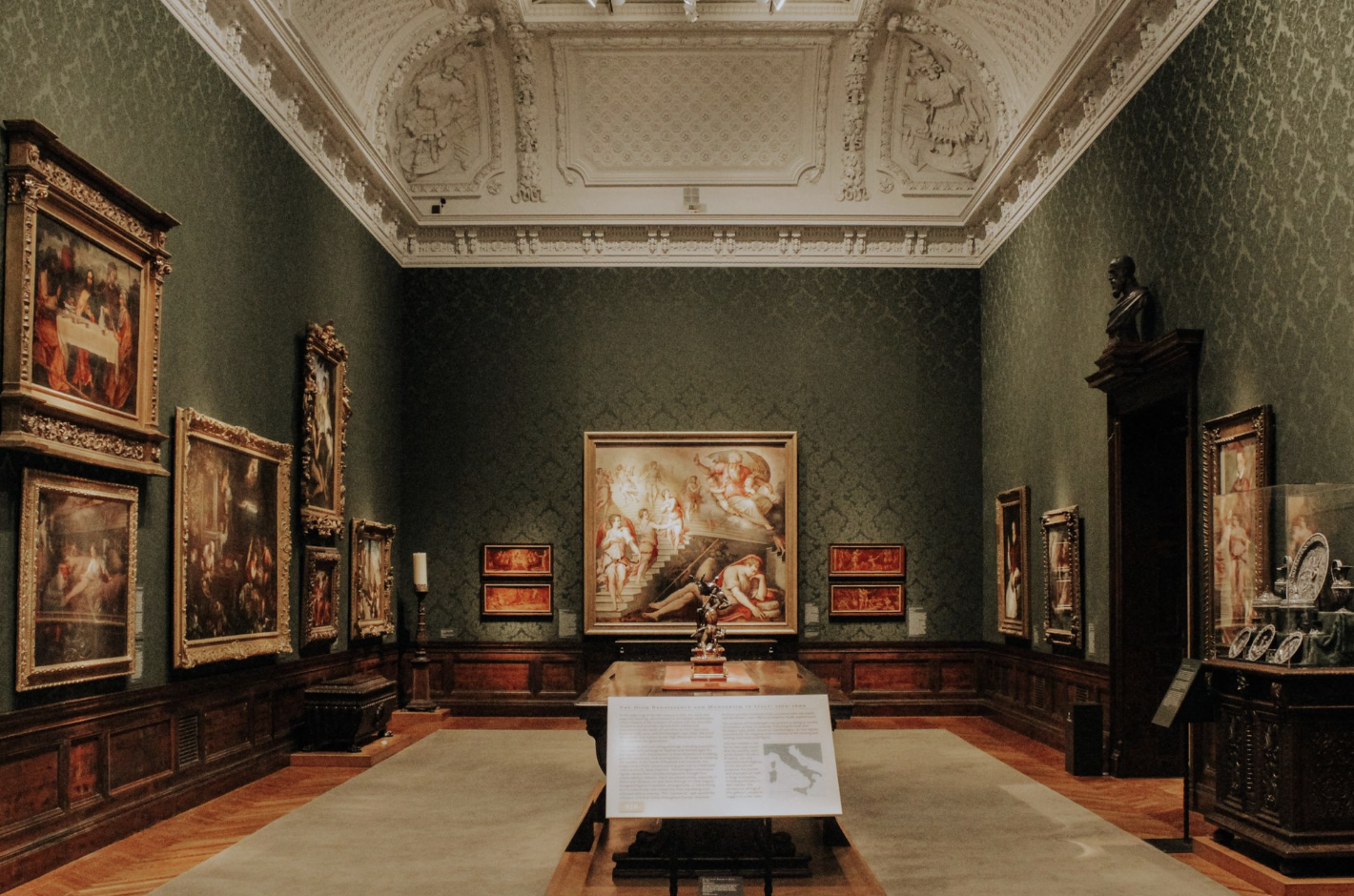
The fine art market has become an increasingly popular avenue for investment, but making the right choice requires knowledge, research, and a bit of intuition. Whether you’re a seasoned investor or a beginner, here are some practical tips to help you make a smart investment in the world of art.
1. Keep an Eye on Emerging Artists
One of the best ways to invest in art is by supporting emerging artists. Early works by up-and-coming artists are often priced more affordably, giving you the opportunity to purchase a piece at a lower cost while also enjoying the potential for significant value growth over time. It’s not just about the financial return—having a piece of art you love is priceless. For example, some now-iconic artists like Andy Warhol faced harsh criticism when they first started, only to later achieve great success. Taking a chance on lesser-known artists whose work resonates with you can be a rewarding experience, both emotionally and financially.
2. Think Beyond the Obvious
Don’t limit your focus to just one medium or style. It’s easy to overlook talented artists simply because they don’t fit within the typical boundaries of the art world that you’re familiar with. Art is about creativity and exploration—don’t be afraid to step outside your comfort zone. By broadening your search, you’ll have the chance to discover unique and promising works that might otherwise be missed.
3. Embrace Continuous Learning
With the rise of online platforms, researching and purchasing art has become more accessible than ever. In fact, investing in contemporary fine art is increasingly affordable, with many pieces gaining value in a short time. For example, the average price for works by artist Orlanda Broom rose from $500 to $6,000 within just five years. By keeping your options open and educating yourself, it’s possible to invest in fine art without overextending your budget.
4. Gain Experience and Develop a Keen Eye
Don’t be discouraged if you’re new to the art world—becoming an informed buyer doesn’t require a degree in art history. Start by exploring as many pieces as you can. The more you view and study art, the better you’ll become at identifying what appeals to you and understanding the trends in the market. Over time, this will help you make smarter investment decisions.
5. Artalistic’s Tips for Beginner Art Investors
For those just starting out, the global art market can feel overwhelming. Here are a few tips to guide you on your journey:
- Stay updated on the latest trends and keep track of artists who are gaining recognition. There are numerous online platforms, such as Artprice and Artalistic, that provide valuable information about the art market and emerging artists. By following these platforms, you can identify rising stars in the art world and potentially invest early in their careers.
- If you notice that an artist’s work is becoming increasingly popular, consider investing in another artist with a similar style. By learning how trends evolve, you’ll be better equipped to spot future best-sellers and understand which types of art are gaining traction.
- Don’t just focus on paintings. The art market is diverse, and other mediums like drawing and photography are currently seeing a rise in popularity. Exploring different types of art will open up more investment opportunities and help you diversify your collection.
6. Be Cautious and Do Your Due Diligence
Before making any purchase, ensure the platform or art dealer you choose is transparent and reliable. Provenance documents should always be provided to verify the authenticity and history of the piece you’re considering. Be wary of offers that seem too good to be true, or transactions that raise any red flags. Trusting the right sources will help you avoid scams and make a confident investment in the art market.
Conclusion
Investing in fine art can be a rewarding experience, both personally and financially. By focusing on emerging artists, staying curious, and constantly educating yourself, you can make informed decisions and build a collection that will grow in value over time. Whether you’re looking for the next big artist or simply seeking pieces that resonate with you, the key is to approach art investment with passion, patience, and a willingness to learn.


